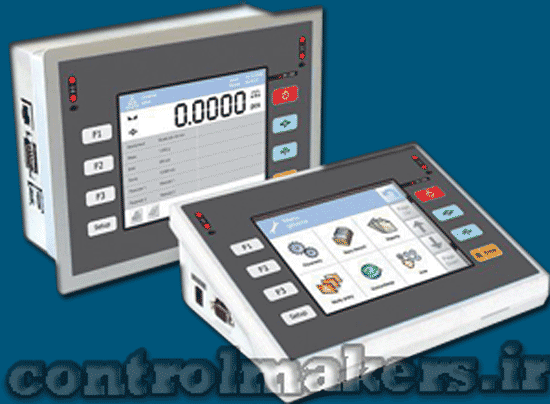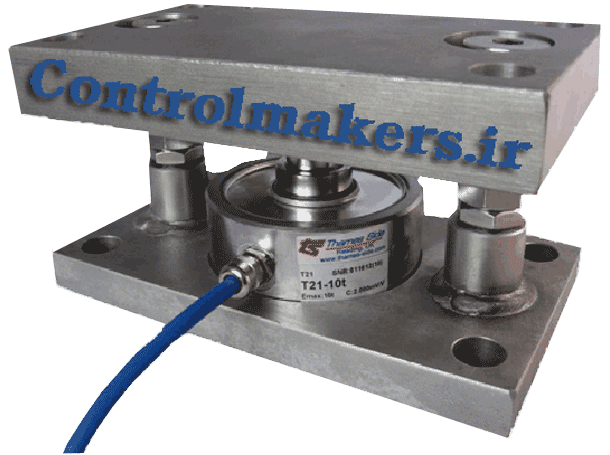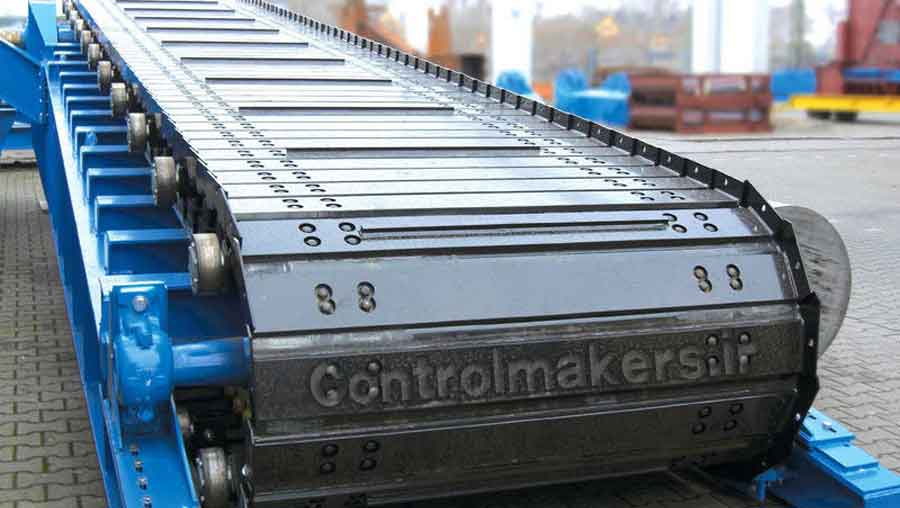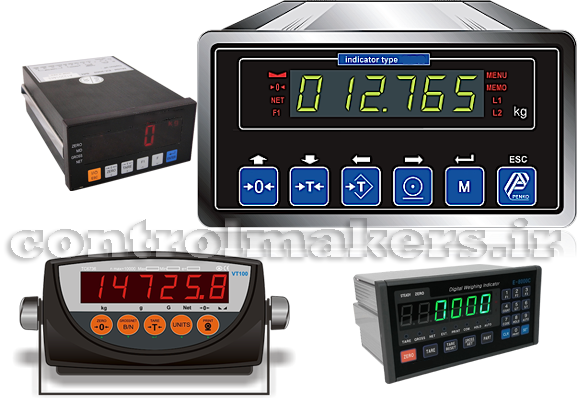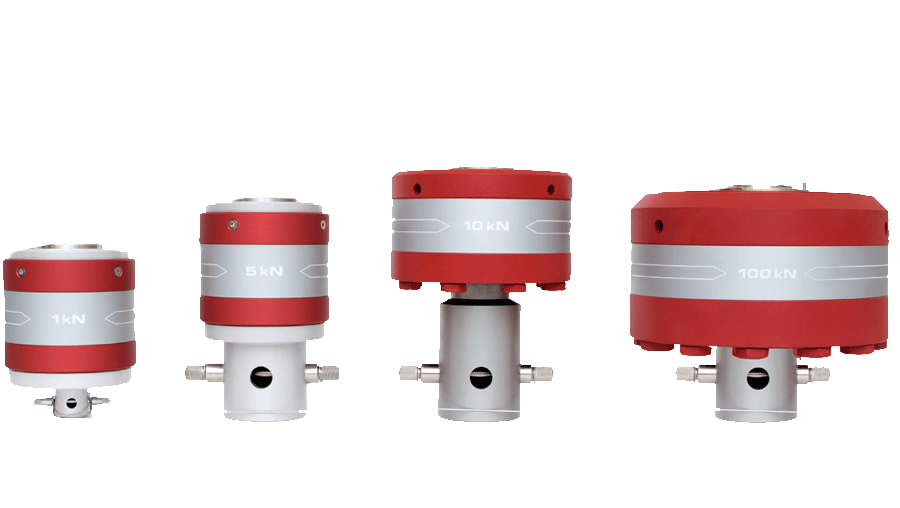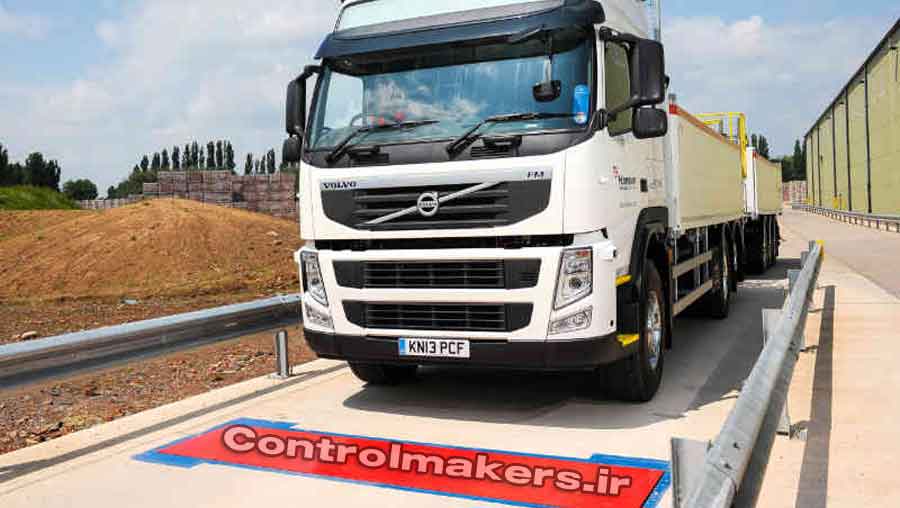Today, many people are relying on digital weighing scales to make their life easier. Almost every household in America has one of these. They are used in the kitchen to make sure ingredients of a certain recipe are very accurate, in the bathrooms for those who want to monitor their weights, as well as in measuring food portions for those who are serious about kicking out obesity. These handy gadgets are also useful to those in the jewelry and precious stones trade. Before you settle on light measurements as the only purpose of digital scales, it is important to mention that in large industries and weighbridges, these devices have profound uses.
Improve weighing system's accuracy
You can ensure that your weighing system performs accurately by choosing components suited to your application and taking steps to control environmental and other forces acting on the system. This article discusses five factors that can affect the weighing system's accuracy and provides advice on selecting, installing, and operating the system to handle these factors.
Weighing to measure dry bulk material quantities and flowrates has several benefits: Unlike volumetric measurement, weighing can measure a material quantity without correction factors for the material’s bulk density. Weighing doesn’t require contact with the material, making it suitable for measuring corrosive materials and operating in corrosive environments. It’s also a widely accepted means of quantifying packaged products for sale.
The load cell itself is a transducer that is used to convert force into an electrical signal. Within the load cell structure is an area, or group of areas, which are designed to be stressed when a load/force is applied, normally in a linear fashion. Strain gauges manufactured from metal foil are bonded to these areas to sense the strain in the load cell structure under the applied load or pressure, and then provide a electrical output signal proportional to the strain when excited by a regulated voltage or current source. This signal is usually only a few millivolts and usually requires amplificationbefore it can be rea
Dynamic & Static Weighing application
Control units for dynamic weighing, e.g. built-in belt scales, weigh feeders, impact scales and solid flow meters, loss-in-weight feeders and micro feeders . Control units for static weighing, e.g. weighing modules, load cells, level control tanks and vessels, OnBoard weighing systems, platform scales and throughput weigher.When the Dynamic Weighing application is used, the balance calculates the mean value of certain number of weights even those are unstable status, the weighing result is quickly shown on the display every after each process was completed. Dynamic Weighing Excellence - Comprehensive application to determine and evaluate weights of unstable items, e.g. animals
You can use an automated check weighing process for a wide variety of applications including verifying package contents, checking product tolerances, identifying parts, classifying product and checking for overload safety. Usually the check weighing station is an inspection station after the manufacturing or packaging (Pack) process. Important reasons to use a check weighing system are increased accuracy, increased line speed, quality control, and to meet government regulations.Check weighing system controls range from manual to fully automatic. A manual (static) check weighing operation requires an operator, or a mechanically automated piece of equipment, to place the item on a scale and observe Under/Accept/Over lights.
Various load cell types are preferred, relative to the needs of the laboratory or operational environment. When you need to convert force into a measurable electrical output, the load cell or transducer, is the best application. Strain gage load cells are accurate within 0.03 to 0.25%. Used for experimental stress analysis and electrical measurement of resistance to strain, these load cells are used in most industrial applications. When precision mechanical balances are required, and where intrinsic safety and optimal hygiene is essential, pneumatic type load cells are a better fit. In cases where the operation is in a remote location, the most applicable load cell type is still the hydraulic load cell because a power supply is not needed.
Each load cell installation is unique. Consult a structural engineer when your application requires very high accuracy, long-term stability, custom specifications, or when using in a varied R&D environment. In order to gain precise weighing results, be sure to use specified load applications for load cells. Load cells have a specified load direction; do not apply side forces, bending or torsional movements on load cells. Inappropriate loading applications will risk reducing the life of load cells, plus distortion of correct measurement results.
